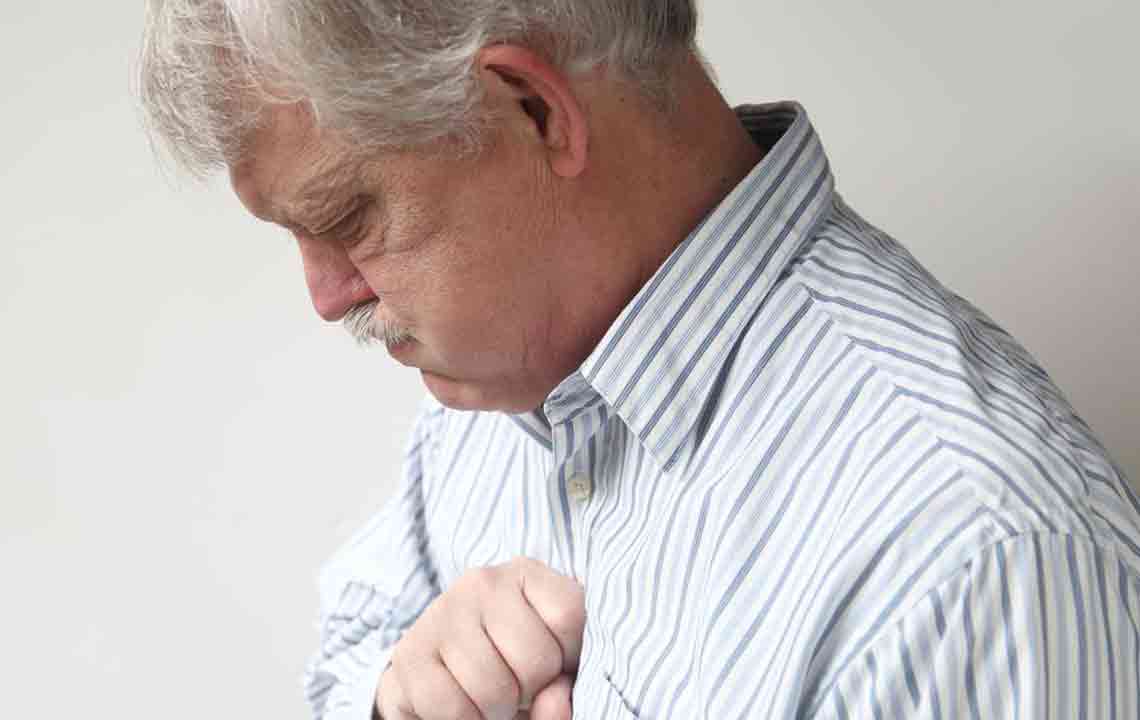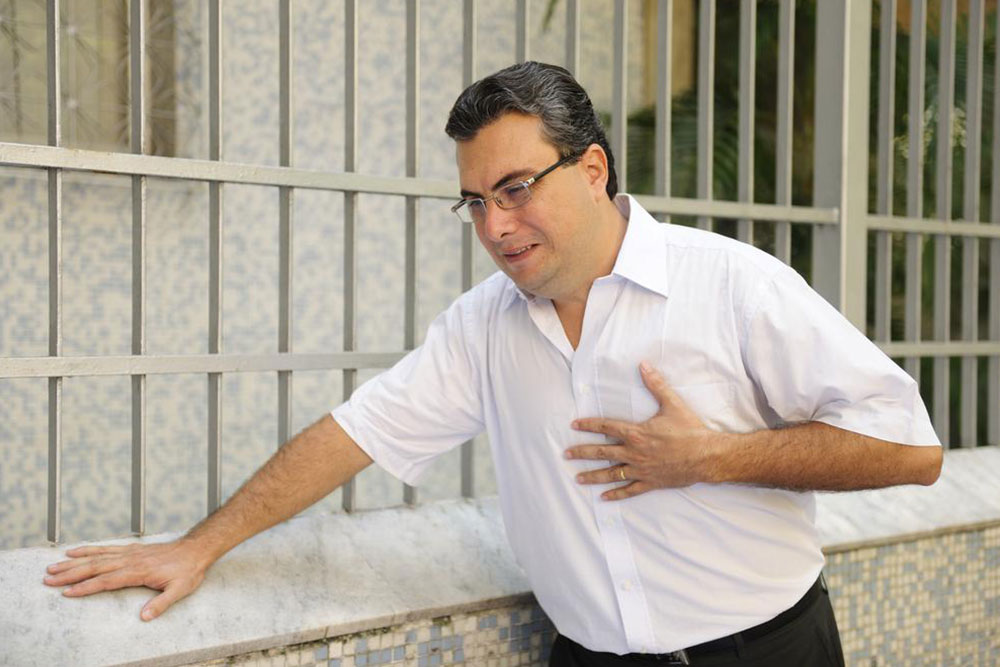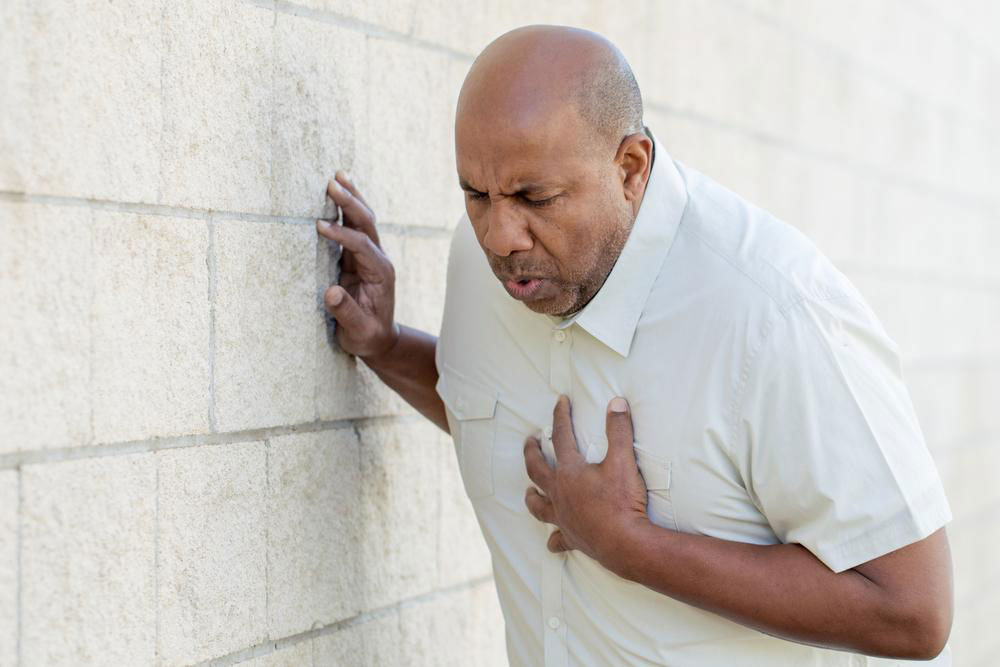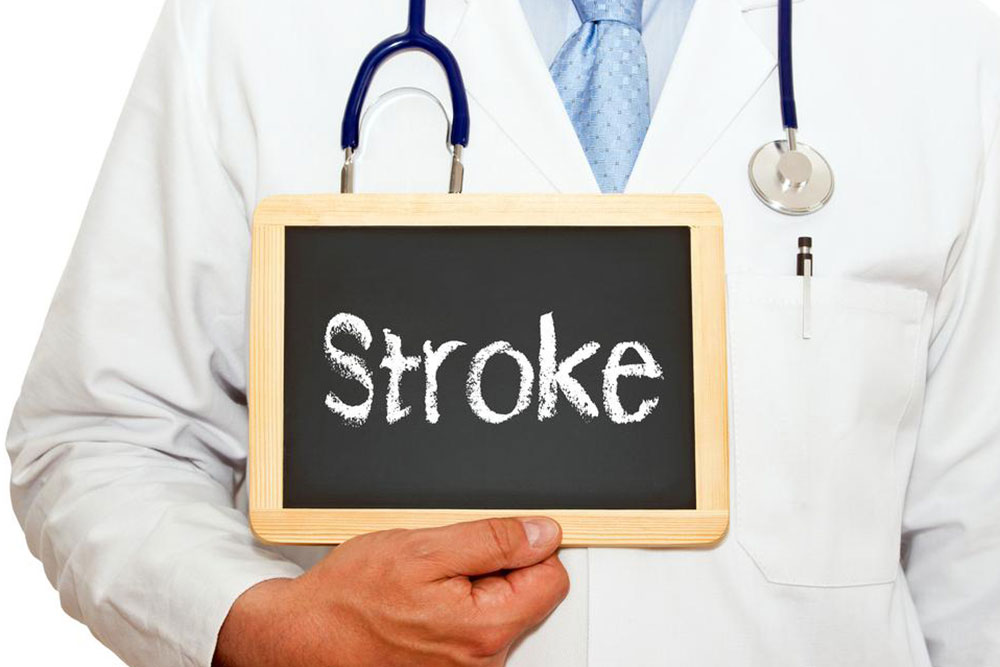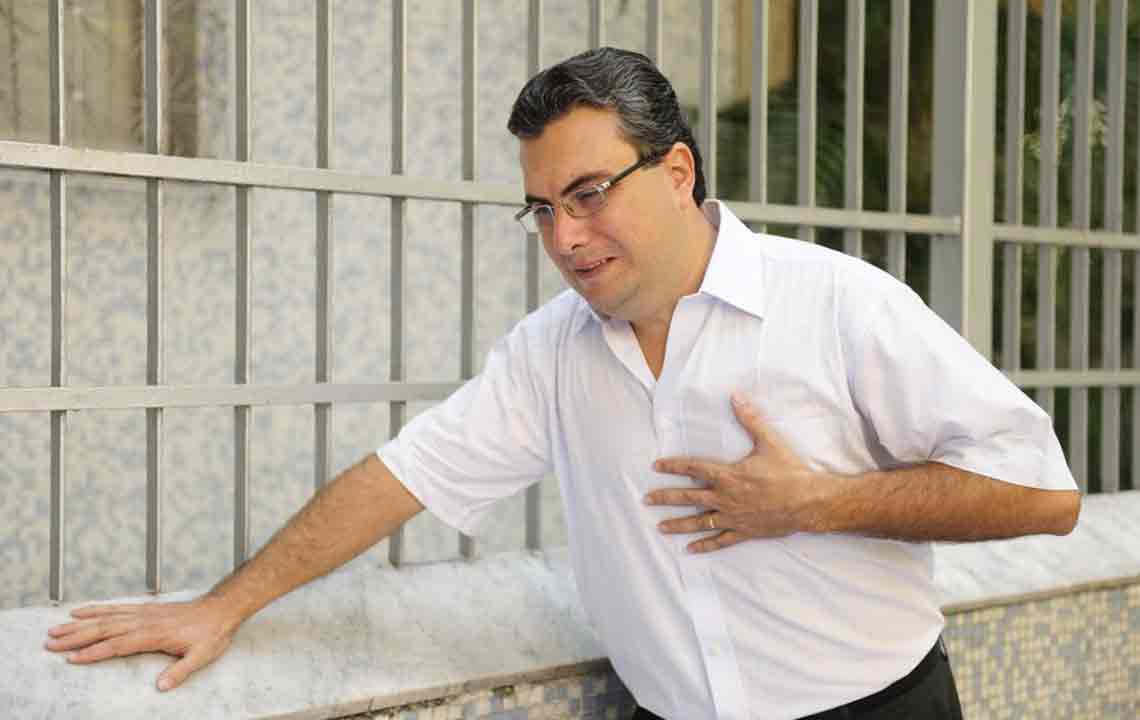Essential Tips to Recognize Early Stroke Symptoms
Learn how to recognize early signs of a stroke with simple assessment techniques. Prompt identification using the FAST method can be life-saving. Understand risk factors, symptoms, and urgent steps to take if you suspect a stroke. Early response helps reduce brain damage and increases survival chances. This guide emphasizes quick action—calling emergency services immediately and not driving the patient yourself. Educating yourself about stroke symptoms is vital for timely intervention, making a critical difference in outcomes.
How to Detect Early Signs of a Stroke
Strokes rank as the third leading cause of death worldwide and are a major cause of long-term disabilities. According to health authorities, approximately 795,000 people experience a stroke annually. Risk factors include high blood pressure, cholesterol issues, and diabetes. Notably, one-third of adults do not have any of these conditions, yet remain vulnerable. Recognizing early symptoms is crucial for prompt intervention, which can save lives and reduce damage. Being aware of warning signs allows quick action and potentially life-saving treatment.

What is a stroke?
A stroke happens when blood flow to parts of the brain is interrupted, depriving brain cells of oxygen and nutrients. This can lead to cell death and loss of brain functions. It is a medical emergency that can cause lasting brain damage, disabilities, or death.
Strokes are mainly categorized into three types:
Ischemic stroke
The most common type, caused by blockages from blood clots or fatty deposits obstructing blood vessels, restricting blood flow to the brain.
Hemorrhagic stroke
Results from a ruptured artery in the brain, leading to bleeding. The leaked blood damages brain tissue through increased pressure.
Transient ischemic attack (TIA)
Often called a mini-stroke, TIAs occur when temporary blood flow blockage causes stroke-like symptoms. Though brief, TIAs are warning signs of potential future strokes and should not be ignored.
Common stroke symptoms include:
Facial weakness
Sudden drooping or numbness on one side of the face.
Arms weakness
Difficulty raising both arms or uneven arm strength.
Speech problems
Slurred or incoherent speech, confusion, or inability to understand speech.
Visual disturbances
Blurred vision, double vision, or partial vision loss.
Headache and nausea
Sudden severe headaches, nausea, or vomiting may be initial signs.
Balance and coordination issues
Dizziness, loss of balance, or difficulty walking.
Recognizing these signs promptly could be critical. Use the FAST method:
F for Face — Check if the person's face droops when smiling.
A for Arms — See if one arm drifts downward when raised.
S for Speech — Listen for slurred or strange speech.
T for Time — Call emergency services immediately if symptoms are present, noting the onset time.
Quick action saves lives. Do not attempt to drive the person to hospital—call emergency services, and trained professionals will provide immediate aid en route. Early recognition is key to effective treatment and recovery.
Note:
This article offers essential health information on stroke identification. While informative, it should not replace professional medical advice. Always seek urgent care if stroke is suspected, as timely treatment can dramatically improve outcomes. Our content aims to educate and raise awareness about stroke warning signs and emergency response procedures.


